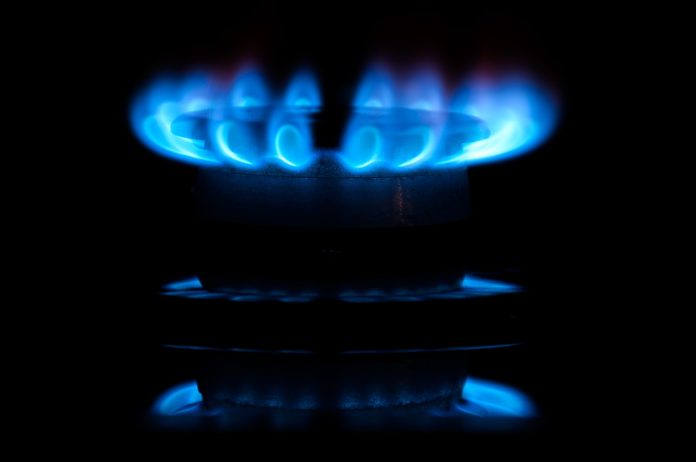Colder-than-normal temperatures across much of the U.S. this past winter have led to significant shifts in natural gas consumption and storage, presenting both opportunities and challenges for small business owners. As highlighted in a recent report from the Energy Information Administration, withdrawals from natural gas storage reached notable levels, raising concerns for the upcoming months.
This winter, particularly in January and February, gas consumption surged in residential, commercial, and electric power sectors—averaging 97 billion cubic feet per day (Bcf/d), which marks a substantial 16% increase compared to the same period in 2024. The intense cold snap late January prompted the fourth-largest weekly withdrawal recorded, totaling 321 Bcf. Cumulatively, the withdrawals for these two months reached nearly 1,650 Bcf, eclipsing the five-year average by 33%.
For small business owners, understanding these trends is crucial as they impact both operational costs and energy management strategies. With natural gas being a significant energy source for heating and cooking, especially in colder months, this sharp rise in consumption could translate into higher energy bills. Businesses that rely heavily on natural gas should brace for potential price fluctuations as the market adjusts to these changes in supply and demand.
Despite these challenges, the warmer-than-normal weather in March provided a respite, allowing for net natural gas injections into storage, suggesting an early start to the injection season. Working natural gas in underground storage in the Lower 48 states was estimated at 1,786 Bcf by March 31, 2025. This figure reflects not just seasonal variation but also regional disparities, with inventories in the Mountain and Pacific regions exceeding the five-year average by 53% and 18% respectively. Conversely, the East and Midwest regions saw inventories dip below averages, further complicating the supply landscape.
Katy Fleury, one of the principal contributors to the report, articulated the implications succinctly, stating, "The shifts in natural gas inventories this winter highlight the importance of adaptable energy strategies for businesses, especially those operating in colder regions."
The current state of natural gas storage presents both advantages and risks for small business owners. Businesses in the Mountain and Pacific regions, where inventories are robust, may experience more stable prices and energy availability. Meanwhile, those in the East and Midwest may need to proactively manage their energy consumption and explore alternative strategies to mitigate higher costs.
Furthermore, as environmental standards continue to evolve, businesses should consider integrating energy-efficient practices into their operations. Transitioning to more sustainable energy sources could not only reduce reliance on natural gas—but also appeal to a growing base of environmentally conscious consumers.
As small business owners navigate these developments, it is vital to stay informed and prepare for both the immediate and long-term impacts of changing energy landscapes. Monitoring energy consumption patterns, exploring alternative energy sources, and investing in efficiency upgrades could prove beneficial in optimizing operational costs.
For further details, readers can access the full report from the Energy Information Administration here.
The fluctuating dynamics of natural gas consumption and storage make it essential for small businesses to adopt a proactive approach, balancing immediate operational needs with long-term sustainability goals.
Image Via Envato: mkos83



